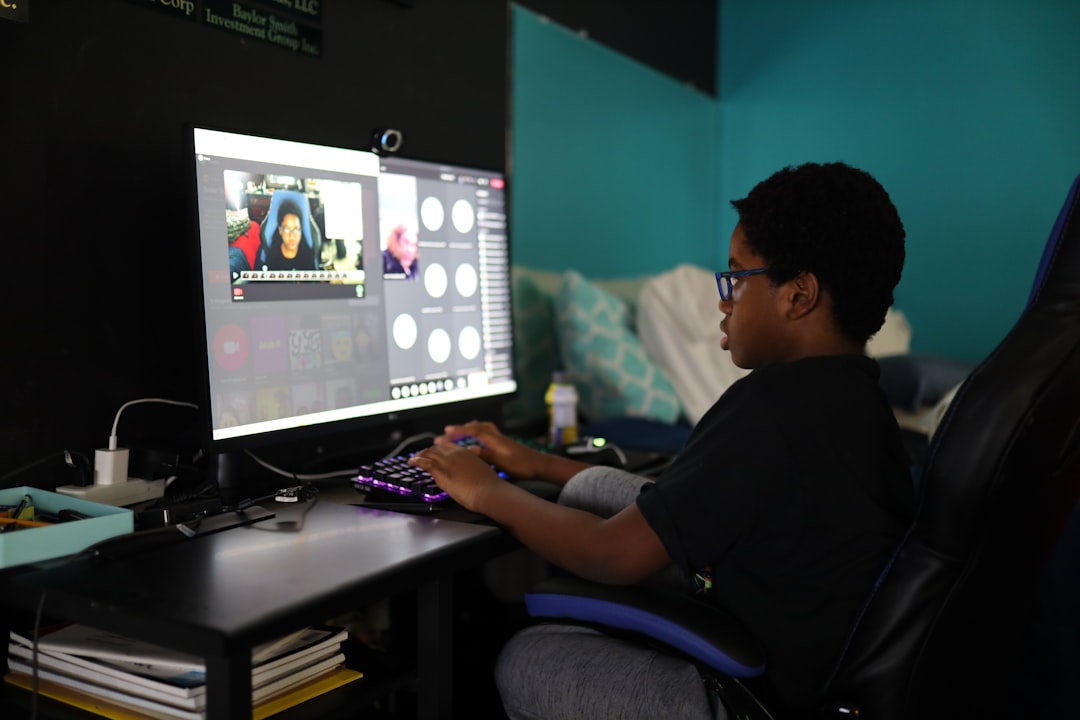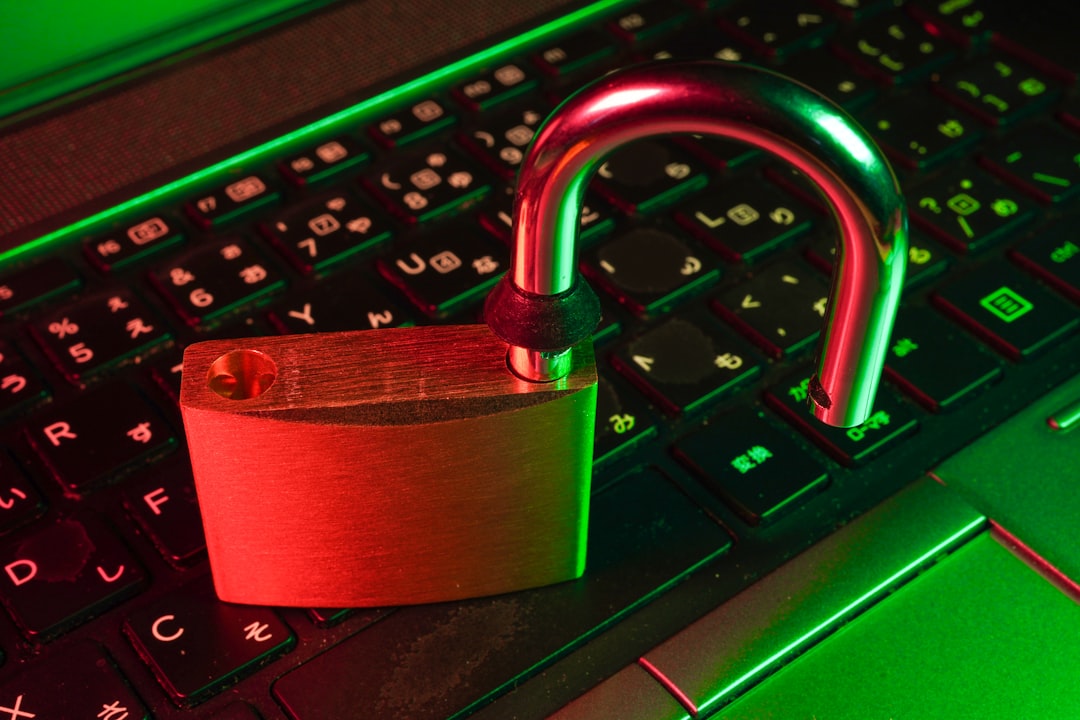In today’s hyper-connected world, the menace of cyberbullying has evolved from isolated incidents into a widespread societal concern. As awareness increases, the media landscape has taken a visual route to describe and capture this digital-age crisis. However, in the realm of stock photography, this effort has often faced criticism for its exaggerated, unrealistic, and sometimes even trivializing portrayals. The stock photo industry, meant to visually represent the nuances of cyberbullying, frequently reduces the complexity of this issue to over-the-top facial expressions, clichéd symbols, and dramatic setups that fail to resonate with the real experiences of victims.
Key stock image search terms like “cyber bullying” or “teen online harassment” often reveal startled teens clutching phones, mascara-streaked faces lit by laptop gleams, or anonymous hands reaching threateningly from computer screens. While these images may grab attention, they often undermine the serious and complex emotional damage caused by cyberbullying.
The Disconnect Between Reality and Representation
Real-life cyberbullying doesn’t always result in instant shock or theatrical breakdowns. The abuse can be subtle, persistent, and psychologically consuming. However, the stock photos commonly used to illustrate related articles and awareness campaigns often don’t reflect this reality. The dramatic nature of these images might be rooted in the desire to increase click-through rates, but they can have unintended negative consequences.
Here are a few common tropes seen in cyberbullying stock photos:
- Overacted facial expressions: Teens with hands on their heads, eyes wide with fear, sometimes gazing off-camera, seemingly reacting to something horrific on a screen.
- Dark room lighting: The cliché of a lone victim in a dark room staring at an ominously lit screen, resembling a scene from a thriller movie rather than everyday life.
- Monstrous symbolism: Images where shadowy hands, fists, or ghoulish emoticons emerge from screens to represent the cyberbully.
These depictions may be effective in capturing attention, but experts argue that they often misrepresent the lived experiences of those enduring online harassment. Instead of portraying subtle daily torment, exclusion, or reputational damage, they rely on visual stunts that can alienate audiences or even unintentionally mock the severity of the issue.

Why Accuracy in Imagery Matters
Imagery is an essential component of narrative building. When media outlets or educational programs rely on unrealistic or exaggerated images, they risk distorting the public’s understanding of cyberbullying. As a result:
- Victims may feel invalidated: A teen who is quietly tormented by persistent messages or rumors may not identify with the distraught figures shown in stock imagery. This mismatch can lead to further isolation.
- Educators and parents may misinterpret signs: If they’ve only seen extreme visual cues in stock photos, subtle indicators of cyberbullying might be overlooked.
- The issue may be sensationalized: Sensational images can dilute the perceived seriousness, turning a genuine mental health concern into just another clickable headline.
Organizations working to combat cyberbullying need visuals that reflect both the emotional toll and the subtlety with which the abuse can occur. Photos that portray teens in real settings — such as classrooms, bedrooms, or social gatherings — engaged in everyday activities but displaying small signs of distress are far more valuable than exaggerated moods or dramatizations.
An Industry-Wide Challenge
The stock image industry faces a unique challenge: balancing visual impact with authenticity. While sensational images may draw attention, they also contribute to a false aesthetic of what cyberbullying looks like. This is not a challenge limited to one topic, but cyberbullying is particularly sensitive because of its ties to mental health, youth vulnerability, and societal stigma.
Fortunately, some platforms are beginning to realize the importance of visual authenticity. A growing number of photo agencies and mental health advocacy groups are now commissioning photographers to create more realistic depictions of digital life and its consequences. These images feature inclusivity, realism, and emotional nuance — key elements that were sorely lacking in previous collections labeled under “cyberbullying.”

What to Look for in a Responsible Cyberbullying Image
Whether you are an editor, educator, counselor, or activist, selecting the right imagery is an important part of communicating the seriousness of cyberbullying. Consider the following when choosing visuals:
- Emotional realism: Subtle cues of sadness, anxiety, or alienation are more credible than exaggerated terror.
- Relatable settings: Photos that take place in real-world environments — such as schools or homes — help convey authenticity.
- Diversity: Representing various age groups, ethnic backgrounds, and gender identities ensures that more people can see their experiences reflected and taken seriously.
- Lack of cliché props: Avoid those images that rely heavily on visual metaphors like fists emerging from screens or broken heart emojis in the background. While symbolic, they are often unhelpful and misleading.
Moreover, partnering with actual survivors of cyberbullying to create or approve visuals can go a long way in enhancing authenticity. Their input can guide photographers toward what feels genuine versus what feels performative or diminishing.
Moving Forward in Responsible Media Representation
We live in a visual culture, and the images we see influence how we feel, interpret, and act. Misrepresentation, even when unintentional, can shape policy responses, affect public empathy, and shape individual coping mechanisms. In the effort to raise awareness about cyberbullying, it’s not just the message that matters — it’s how that message looks.
Responsible media must move beyond click-worthy visuals and aim instead for empathy-driven storytelling. Image makers, editors, and publishers have an obligation to portray the subject with the dignity, seriousness, and nuance it requires. If done correctly, imagery can serve as a tool for both awareness and healing.
Cyberbullying is not theatrical. It is quiet torment, long nights, self-doubt, and isolation masked behind a smile. The visuals we choose to represent it must follow suit — not for the sake of art, but for the sake of accuracy and humanity.

Conclusion
As impactful as words can be, imagery often leaves the deepest impressions. Misleading and melodramatic stock photos of cyberbullying risk caricaturing a very real and devastating issue. To foster awareness, compassion, and action, we must demand better — visuals that reflect not just the problem, but its human cost, subtlety, and scale. Only then can we claim to be truly addressing the crisis of cyberbullying in every dimension.

